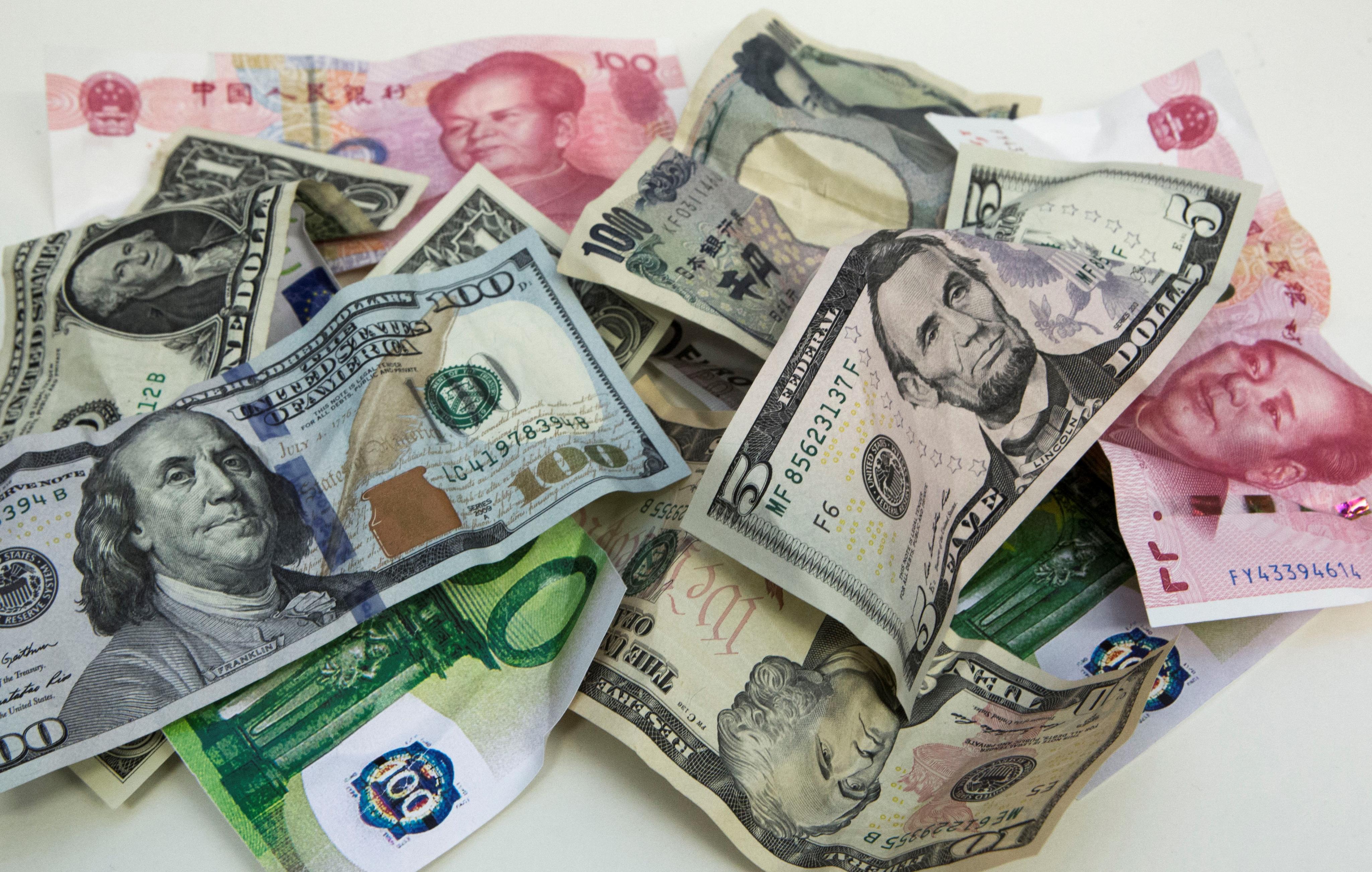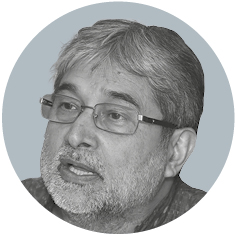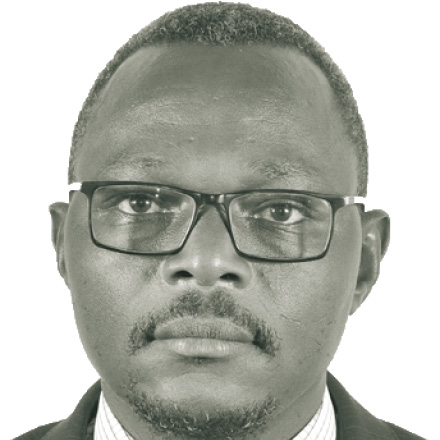Sustainable Development Goals
The global dimension

The needs and priorities of countries are diverse, depending on the level of development and other factors. This makes it difficult to define a common, universally applicable energy goal in the context of the Sustainable Development Goals (SDGs) which the UN are preparing to follow up on the Millennium Development Goals beyond 2015.
Japan’s Institute for Global Environmental Strategies has done case studies of three Asian countries: Myanmar, Vietnam and India. The results show that the global energy SDG will have to be designed flexibly enough to accommodate different development levels, resource endowments and existing infrastructure. Moreover, the goal will have to be ambitious enough to drive change. Finally, developing countries are unlikely to renounce fossil fuels unless they get serious support for doing so. In this essay, we will briefly summarise the three case studies and draw conclusions for the multilateral agenda.
Myanmar
Myanmar has a very low electrification rate. At best, one third of the households have electric power, and the vast majority of them (95 %) still depend on solid fuels such as wood and rice husks for cooking and heating. On average, village households spend
233 hours a year (about 20 hours a month) collecting fuel wood. This practice is driving deforestation and inhibiting household productivity.
In 2010, Myanmar’s electric power consumption per capita was a mere 121 kWh. According to the UN, a modern energy supply should provide 2000 kWh per person. The gap is substantial. To improve matters, Myanmar must not only increase electricity generation. It must also expand energy access dramatically.
In the past 10 years, electricity consumption has increased by an annual average of seven percent in Myanmar. The country’s electricity sector is relatively clean. About 61 % of the electricity is generated in hydroelectric power plants, and natural gas is used to generate another 34 %. There is a huge, as yet untapped potential to generate more hydropower.
Nonetheless, Myanmar is planning to build an additional coal-fired and gas-based power plant. The government wants to meet the nation’s growing power demand. It considers hydropower to be unreliable in the dry season. The construction of the new fossil-fuel based infrastructure, however, could determine the country’s future energy path due to lock-in effects. International donors should advise leaders to opt for more promising technologies. An ambitious energy SDG would help too.
As regards energy efficiency, there is substantial room for improvement in most of Myanmar’s thermoelectric power plants. Many gas turbines are not up-to-date. So far, however, the country does not have laws and regulations to encourage energy efficiency. Nor does it have a government institution dedicated to this cause. In this regard too, multilateral goals and donor action might make a difference.
Like many countries, Myanmar has set its own national targets for power generation, energy efficiency and the use of renewable energy. The national target is to increase the share of electrified households from 27 % in 2011/12 to 45 % by 2020/21 and to 80 % by 2030/31.
Boosting power generation will not be enough to achieve these goals, the national grid must be expanded too. The national target is to do that by an annual 8.5 % in the years to come. Today, most rural regions are not covered by the grid. Only 4.5 % of the country’s 62,218 villages are connected to the lines, and another 23 % of the villages are electrified by off-grid means. Accordingly, 73 % of the villages are not electrified at all. Millions of people are deprived of access to electricity.
The renewable energy share in Myanmar’s electricity mix is quite high due to hydro power. As fossil-fuel power generation is set to grow, however, this share is likely to be reduced. Currently, the installed hydropower capacity is 2,660 MW. Other renewable energies hardly matter so far, with an installed capacity of merely 150 MW or so.
The renewables sector is not being neglected however. The government wants to increase its capacity more than threefold to 500 MW by 2015. This target is quite ambitious. It exceeds the global objectives that were proposed by the UN’s Sustainable
Energy For All (SE4ALL) initiative, which was started by UN Secretary-General Ban Ki-moon in 2011 and enjoys support from multilateral development banks and other international institutions. SE4ALL merely wants to see the share of renewables doubled by 2030. The example of Myanmar shows that SE4ALL is no longer ambitious enough to really “stretch” policymakers’ aspirations in some countries.
Vietnam
Vietnam has a high electrification rate of 98 %. Almost all people have access. However, supply must increase fast. According to the UN, the capacity per capita should be at least 2,000 kWh, but Vietnam’s figure today is merely about 1,000 kWh.
In 2011, Vietnam established a national power development plan up to 2020. The plan also includes a vision for 2030. The government aims to increase electricity generation and import three to four times from 2015 to 2030. Renewable energy is stated to be a priority, and its share is planned to rise from 3.5 % in 2010 to 4.5% in 2020 and 6.0 % in 2030.
The government also wants to boost energy efficiency. The recent trend is that, when GDP grows by one percent, energy use expands by 1.5 % to two percent. The vision is that, by 2020, a one-percent rise of energy use should propel GDP growth of one percent.
A downside is that Vietnam expects more than 56 % of total electricity generation to still be based on coal by 2030. An ambitious global agenda might motivate Hanoi to rely more on renewables. It is worth pointing out, however, that Vietnam’s plan is in line with the SE4All objectives. As in Myanmar, SE4ALL is not driving the agenda in a substantial way.
India
India is a huge country. It has the second largest population and the eighth biggest GDP in the world. Even though India’s carbon emissions per capita are still quite low (below two tons), it is now third greatest emitter after China and the USA. Accordingly, the future of the global climate depends on this country. To what extent India promotes renewables and energy efficiency is of international relevance.
India is struggling with vast poverty, and its electrification rate is only 75 %. Almost 290 million people lack electric power. In this context, the Indian government is still relying mostly on fossil fuels. Its budget for renewable energy has recently been growing, but the budget for fossil-fuel based energy has been growing faster. This policy makes sense from the domestic perspective, giving priority to electrifying the entire nation. From a global perspective, however, it is disturbing to see that carbon emissions are set to rise.
For India to change course, stringent multilateral targets as well as donor support are needed. Unless advanced nations and international finance institutions support change, this huge country will not leap-frog to renewables. For obvious reasons, the government will prioritise expanding power generation fast. The same is true of many other developing countries with widespread poverty, though none of them have the size of India and thus do not have the same bearing on the global climate.
Conclusion
It is quite a challenge to define an energy SDG that fits all countries in a way that actually speeds up the transition to renewables. Our case studies suggest that a well-designed SDG would promote that cause in developing countries. However, the goal must not only indicate a share of renewables in percentage terms. It should also include data for energy efficiency, the total energy consumed and people’s access to modern energy. Donor governments and international finance institutions, moreover, will have to support green progress in developing countries that need to reduce poverty. If global sustainability is to figure too, the international community will have to play its role in proposing a global and an ambitious shift to sustainable prosperity.
Tetsuro Yoshida is a senior policy researcher at the Institute for Global Environmental Strategies (IGES) in Tokyo.
t-yoshida@iges.or.jp
Noriko Shimizu is a policy researcher at the same institute. The authors acknowledge support from the “Project on Sustainability Transformation 2015”, which was funded by Japan’s Ministry of the Environment.
shimizu@iges.or.jp
http://www.iges.or.jp/en/














